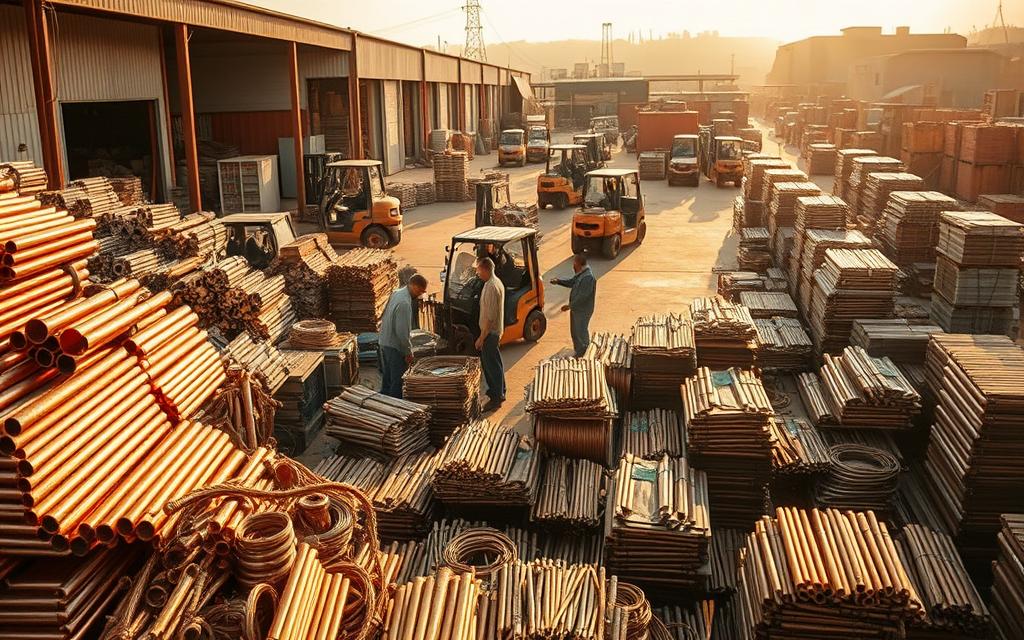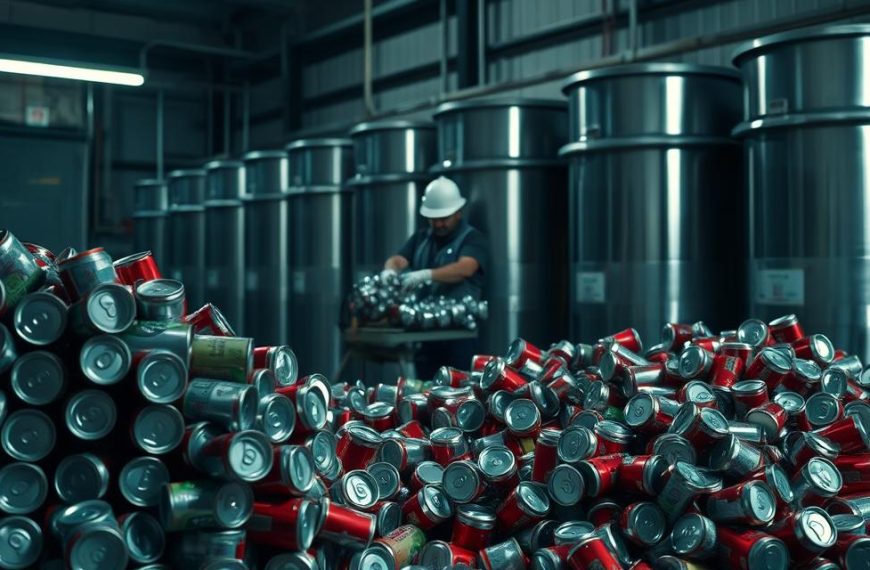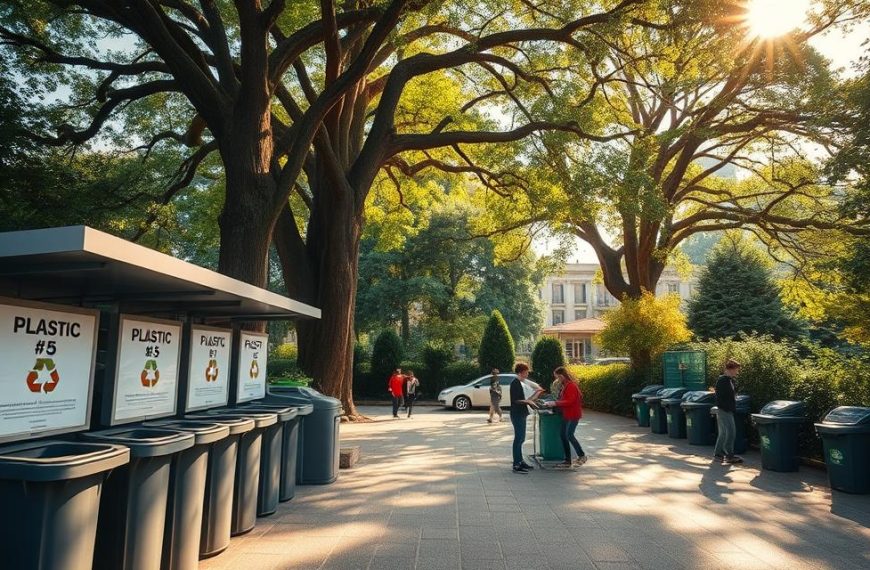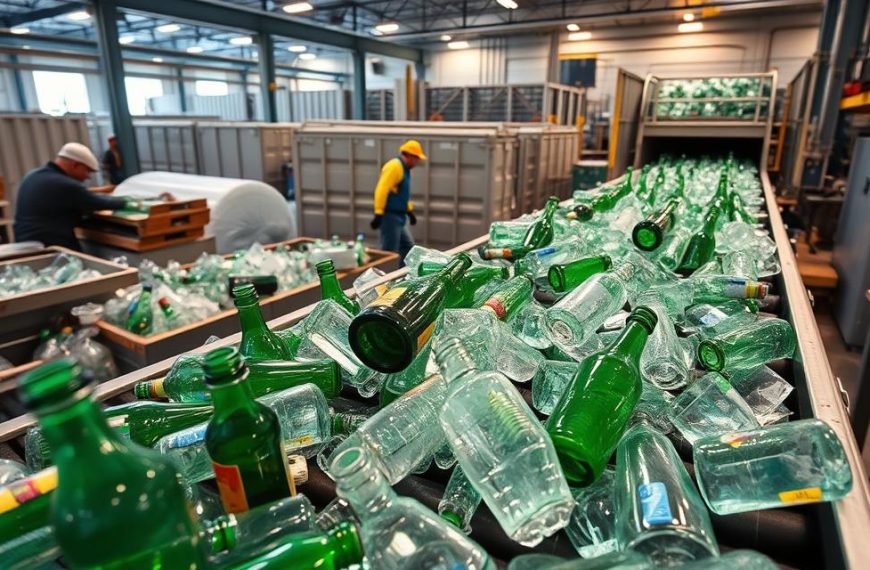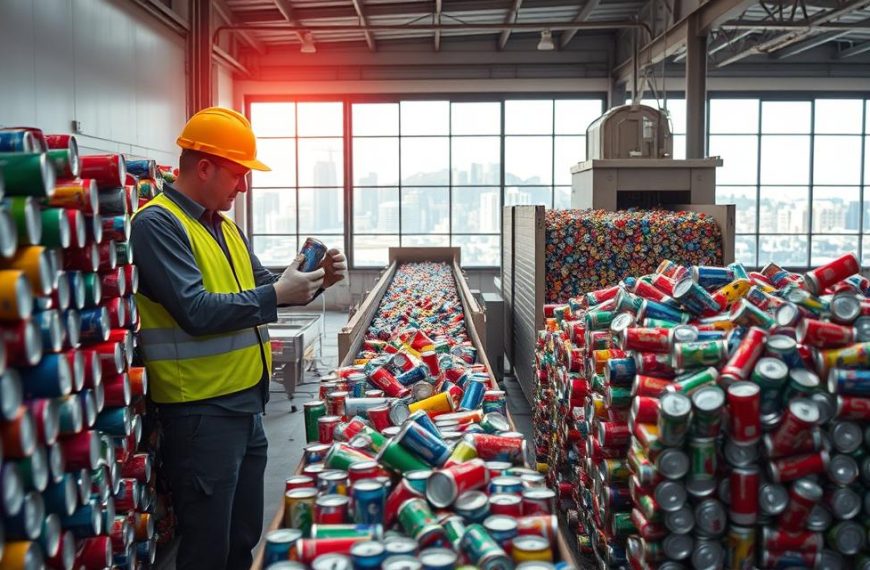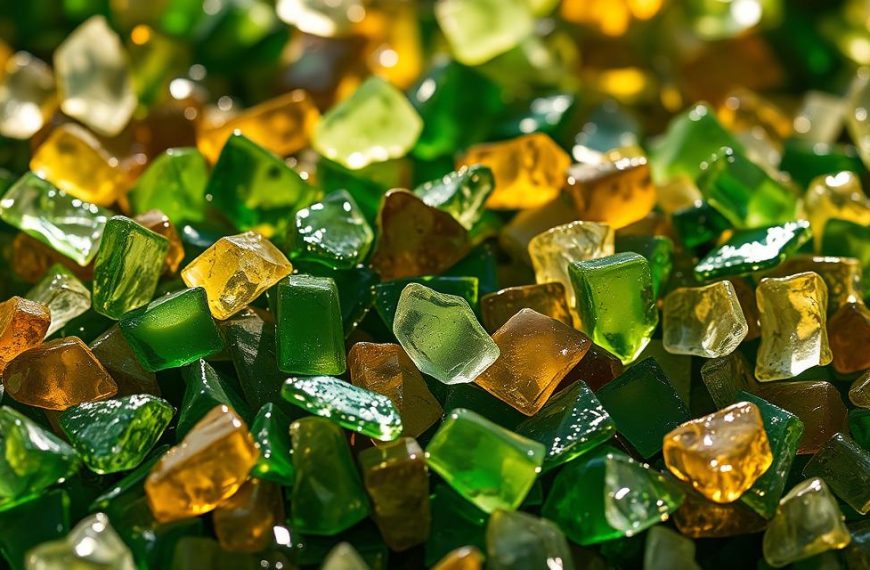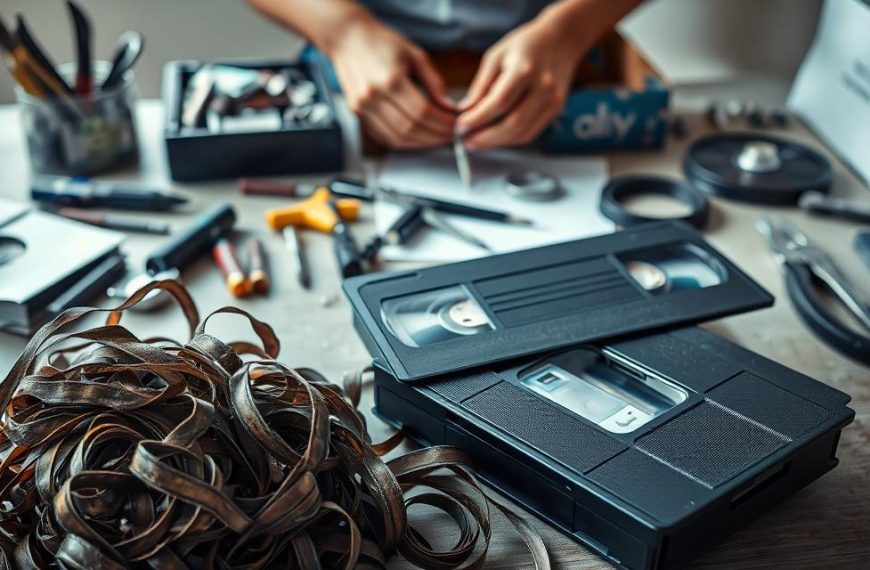The market for copper is dynamic and ever-changing. Factors like global demand, economic trends, and environmental policies play a significant role in shaping its value. Understanding these elements is crucial for anyone involved in the scrap metal industry.
Prices for recycled copper vary based on grade, purity, and regional differences. For instance, J.R.’s Advanced Recyclers currently offers $3.30 per pound for Bare Bright Copper, while Scrap Stop Metals lists Bare Copper Wire at $3.60-$3.90 per pound. These fluctuations highlight the importance of staying updated on daily prices.
Global economic shifts and sustainability initiatives further influence the recycling industry. By keeping an eye on these trends, you can better navigate the market and maximize returns.
Understanding the Value of Recycled Copper
Recycled copper plays a vital role in sustainable industries. It is a key material in construction and manufacturing, reducing the need for new mining. This makes it an essential part of metal recycling efforts worldwide.
Compared to other metals, copper stands out for its efficiency. It can be recycled up to 90% without losing its properties. For example, aluminum, another recyclable metal, has a lower efficiency rate of 75%. This makes copper a more sustainable choice for industries.
One of copper’s unique features is its ability to retain conductivity and durability through multiple recycling cycles. This ensures that recycled copper remains as effective as newly mined material. It’s a testament to its long-term value in various applications.
Companies like Scrap Stop Metals emphasize fair grading practices to ensure sellers get the best returns. Properly preparing your scrap materials can significantly impact the price you receive. J.R.’s Advanced Recyclers also provides daily price updates, helping sellers stay informed about market trends.
By understanding the role of recycled copper and its benefits, you can make informed decisions in the scrap industry. Whether you’re a seller or a buyer, knowing its value is crucial for maximizing returns.
Factors Affecting Copper Prices
Copper prices are influenced by a variety of factors, from global demand to environmental policies. These elements shape the market and determine the value of this essential metal. Understanding these dynamics is key for anyone involved in the scrap metal industry.
Market Demand and Supply
The market for copper is driven by supply and demand. Industries like electric vehicle (EV) production and renewable energy infrastructure are increasing the need for this metal. For example, EV manufacturing alone has boosted demand by 15% in recent years.
Regional differences also play a role. Scrap Stop Metals notes that transportation costs and local demand can cause price variations. J.R.’s Advanced Recyclers adjusts their prices daily based on trends from the London Metal Exchange (LME).
Quality and Grade of Copper
The grade and purity of copper significantly impact its value. Clean, high-grade materials like Bare Bright Copper fetch higher prices compared to contaminated scrap. For instance, solder in #2 Copper can reduce its value by 10-15%.
Here’s a comparison of clean vs. dirty copper prices:
| Type | Price per Pound |
|---|---|
| Clean Yellow Brass | $2.30 |
| Dirty Yellow Brass | $1.10 |
Economic and Environmental Factors
Economic conditions like interest rates and inflation can cause scrap prices to fluctuate. For example, rising inflation often leads to higher prices for raw materials.
Environmental regulations also play a role. The EPA’s policies on mining and recycling impact costs and incentives. These changes can affect the overall market for copper.
By staying informed about these factors, you can better navigate the scrap metal industry and maximize your returns. Whether you’re a seller or buyer, understanding these elements is crucial for success.
Types of Copper Scrap
Copper scrap comes in various forms, each with its own value and requirements. Understanding these distinctions can help you maximize returns and ensure your materials meet industry standards. From high-grade bare bright to low grade insulated wire, the type of scrap you have directly impacts its market price.
Bare Bright Copper
Bare bright is the highest grade of copper scrap. It consists of uncoated, unalloyed wire without attachments. This type is highly sought after due to its purity and conductivity. For example, J.R.’s Advanced Recyclers pays $3.30 per pound for this grade, making it one of the most valuable forms of scrap.
#1 and #2 Copper
#1 Copper includes clean, unburnt materials like tubing and pipes. It’s slightly less valuable than bare bright but still commands a high price. Scrap Stop Metals lists #1 Copper Tubing at $3.50-$3.80 per pound.
#2 Copper, on the other hand, may contain burnt or soldered materials. This reduces its value by $0.30-$0.50 per pound compared to #1. For instance, J.R.’s pays $2.95 per pound for #2 Copper Pipe.
Insulated Copper Wire
Insulated copper wire is a common type of scrap found in household wiring and industrial applications. While it’s less valuable in its insulated form, stripping the insulation can significantly increase its worth. For example, Romex Wire is listed at $1.70 per pound, but stripping it can upgrade it to bare bright, fetching $3.30 per pound.
| Type | Price per Pound |
|---|---|
| Bare Bright Copper | $3.30 |
| #1 Copper Tubing | $3.50-$3.80 |
| #2 Copper Pipe | $2.95 |
| Romex Wire | $1.70 |
Specialized categories like copper brass radiators also exist. Clean radiators fetch $2.20 per pound, while dirty ones are valued at $1.00 per pound. Knowing these differences ensures you get the best price for your materials.
Current Scrap Copper Prices
Understanding current scrap copper prices is essential for maximizing returns in the scrap metal industry. Prices vary based on grade, type, and market conditions. Staying updated ensures you get the best value for your materials.
Here’s a comparison of scrap prices from leading recyclers in April 2024:
| Type | Price per Pound |
|---|---|
| Bare Bright Copper | $3.30-$3.90 |
| #1 Copper Tubing | $3.25-$3.80 |
| Insulated 14-6 AWG THHN | $2.50-$2.90 |
| #1 Romex 65% | $1.70 |
| Computer Wire | $0.15 |
Recyclers like J.R.’s and Scrap Stop Metals offer competitive rates. However, prices can fluctuate daily due to market trends. Always verify prices through direct quotes to ensure accuracy.
Bulk loads and sorted materials often fetch higher prices. For example, clean brass or aluminum radiators can command premiums. Avoid mixing grades, as contamination can lower the entire batch’s value.
Ancillary items like Copper Transformers ($0.30/lb) and Aluminum-Copper Radiators ($1.70/lb) also contribute to overall returns. Proper preparation and sorting can significantly impact your earnings.
By staying informed and working with reputable recyclers, you can navigate the scrap market effectively. Always seek updated quotes to make the most of your materials.
How Much Is Recycled Copper Worth? Tips for Maximizing Value
Getting the best return for your materials requires careful preparation and market knowledge. Proper sorting, choosing the right scrap yard, and understanding the grading system are essential steps to ensure you receive fair pricing.
Sorting and Preparing Your Materials
Effective sorting starts with separating materials by type and grade. Use magnetic separation to distinguish ferrous from non-ferrous metals. Visual inspection helps identify contaminants like solder or tin coatings, which can lower the value of your insulated copper.
For example, clean brass or aluminum radiators fetch higher prices than dirty ones. J.R.’s Advanced Recyclers requires radiators to be free of coolant for optimal pricing. Proper preparation ensures your materials meet industry standards and maximize their worth.
Choosing the Right Scrap Yard
Not all scrap yards offer the same rates or transparency. Compare local options like J.R.’s and Scrap Stop Metals. Look for yards that provide clear testing methods and fair pricing structures.
For instance, Scrap Stop Metals pays 10-20¢ per pound for electric motors, while J.R.’s offers $0.22 per pound for aluminum motors. Pre-negotiating quotes for large quantities of transformers or motors can also help secure better deals.
Understanding the Grading System
Errors in grading can cost sellers up to 40% in undervalued loads. Familiarize yourself with the distinctions between grades like Bare Bright and #2 Copper. Documenting weights and grades before visiting a scrap yard prevents disputes and ensures accurate pricing.
For example, clean units of insulated copper can be upgraded to higher grades by stripping the insulation. This simple step can significantly increase their value.
By following these tips, you can navigate the scrap market effectively and maximize the value of your materials.
Conclusion
Maximizing returns in the scrap metal industry hinges on understanding the nuances of copper purity and preparation. Clean, high-grade materials fetch higher prices, while proper sorting ensures optimal value.
Leverage real-time pricing tools from reputable yards like J.R.’s Advanced Recyclers and Scrap Stop Metals. Staying updated on market trends helps you make informed decisions and maximize profits.
Proper recycling not only boosts earnings but also supports environmental sustainability. Contractors and manufacturers should establish long-term partnerships with certified recyclers to ensure consistent returns.
For personalized quotes based on current conditions, consult trusted sources like Ag Metal Miner. This ensures you stay ahead in the ever-changing scrap industry.
